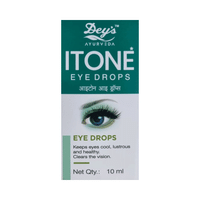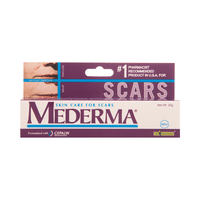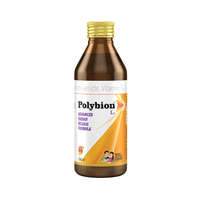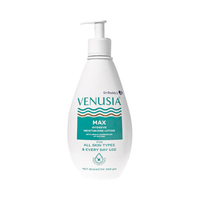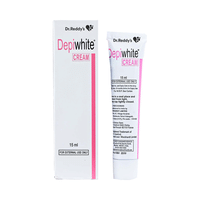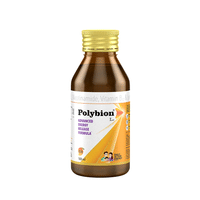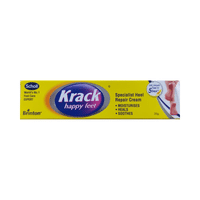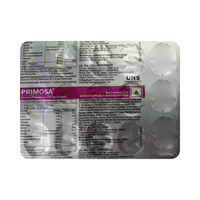Rs.330for 1 tube(s) (15 gm Ointment each)
food interaction for Psoranext C
alcohol interaction for Psoranext C
pregnancy interaction for Psoranext C
lactation interaction for Psoranext C
medicine interaction for Psoranext C
food
alcohol
pregnancy
lactation
medicine
No interaction found/established
No interaction found/established
Psoranext C Ointment may be unsafe to use during pregnancy. Although there are limited studies in humans, animal studies have shown harmful effects on the developing baby. Your doctor will weigh the benefits and any potential risks before prescribing it to you. Please consult your doctor.
CONSULT YOUR DOCTOR
Psoranext C Ointment is probably unsafe to use during breastfeeding. Limited human data suggests that the drug may pass into the breastmilk and harm the baby.
CONSULT YOUR DOCTOR
No interaction found/established
SALT INFORMATION FOR Psoranext C
Calcipotriol(0.005% w/w)
Uses
Calcipotriol is used in the treatment of psoriasis.
How it works
Calcipotriol is a synthetic form of vitamin D belonging to the class of medicines called ‘anti-psoriatics’. It lowers the rate with which skin cells grow, thereby controlling the psoriatic condition.
Common side effects
Dry skin, Skin irritation, Itching, Burning sensation, Stinging sensation, Erythema (skin redness), Rash
Clobetasol(0.5% w/w)
Uses
Clobetasol is used in the treatment of allergic skin conditions.
How it works
Clobetasol is a steroid. It works by blocking the production of certain chemical messengers that make the skin red, swollen and itchy.
Common side effects
Skin atrophy, Telangiectasia, Skin irritation, Dry skin, Stretch marks, Cushing syndrome, Suppression of adrenal gland function, Posterior subcapsular cataract, Increased intraocular pressure, Skin rash, Scaling, Induration (hardening of a normally soft tissue or organ), Lichenification, Exacerbation of psoriasis, Plaque elevation, Excoriation
SUBSTITUTES FOR Psoranext C
1 Substitutes
1 Substitutes
Sorted By
 Rs. 390pay 70% more per gm of Ointment
Rs. 390pay 70% more per gm of Ointment
Expert advice FOR Psoranext C
- Calcipotriol should be applied as per dose and duration suggested by the doctor.
- Before each application, wash the affected area with soap and water and dry well.
- Do not apply to broken, diseased, infected, inflamed or irritated skin, or to open wounds.
- Avoid getting it in the eyes, mouth or nose. Rinse with cold water if you accidentally get it in these areas.
- Consult your doctor if your skin condition has not improved after 2-4 weeks of treatment.
- Avoid direct contact with sunlight. Use a sunscreen or wear protective clothing while stepping out.
Frequently asked questions FOR Psoranext C
Calcipotriol
Q. Is Calcipotriol a steroid?
No, Calcipotriol is not a steroid. It is a synthetic variant of vitamin D3. Vitamin D is responsible for the growth of skin cells. In psoriasis, there is excessive growth of skin cells which do not fall off and appear as scaly patches. Due to this your skin develops raised red and silver colored scaly patches. Calcipotriol works by reducing the excess amount of cells your skin makes.
Q. How long does it take Calcipotriol to work?
Calcipotriol may start showing improvement after about 2 weeks of starting the treatment but this may vary from person to person. You may observe significant improvement in signs and symptoms after about 8 weeks of treatment but full clearing is achieved in very few patients. Discuss with your doctor if you are not sure.
Q. Can Calcipotriol be used on the face?
No, Calcipotriol should not be used on the face as it may cause skin irritation. Also, there are chances of it getting in the eyes. You should also be careful while using in skin folds such as the armpits or under the breasts. This is because you are more likely to get skin side effects in these areas.
Clobetasol
Q. Can Clobetasol be used for a long time?
No, Clobetasol should not be used for a long time. It is generally prescribed for 2 consecutive weeks only. However, the treatment can be longer for chronic (long-term) inflammatory conditions. Consult your physician before using this medication.
Q. Does Clobetasol cause severe skin reactions?
Severe skin reactions are quite rare with Clobetasol. Clobetasol is an anti-inflammatory drug which is used to treat skin diseases, skin reactions and eczemas. However, skin reactions can occur in a person who is hypersensitive to Clobetasol. It is important to leave the affected area open after applying Clobetasol as using occlusive dressings (air- and water-tight dressing) can lead to skin reactions. The medicine may not itself cause a reaction but the added excipients with the medications can lead to a reaction in some cases. Inform your doctor immediately in case you encounter any skin reactions.
Q. Can Clobetasol be used on the face?
No, Clobetasol should not be used on face. Along with that, its use should be avoided in other areas like the axillae (armpits), groin and if there is atrophy (wasting away of tissues) at the treatment site. However, in certain circumstances, the doctor may prescribe Clobetasol only when considered necessary. It should be used only after consultation with your physician. and if possible, the application on face should be limited to a maximum of 5 days.













